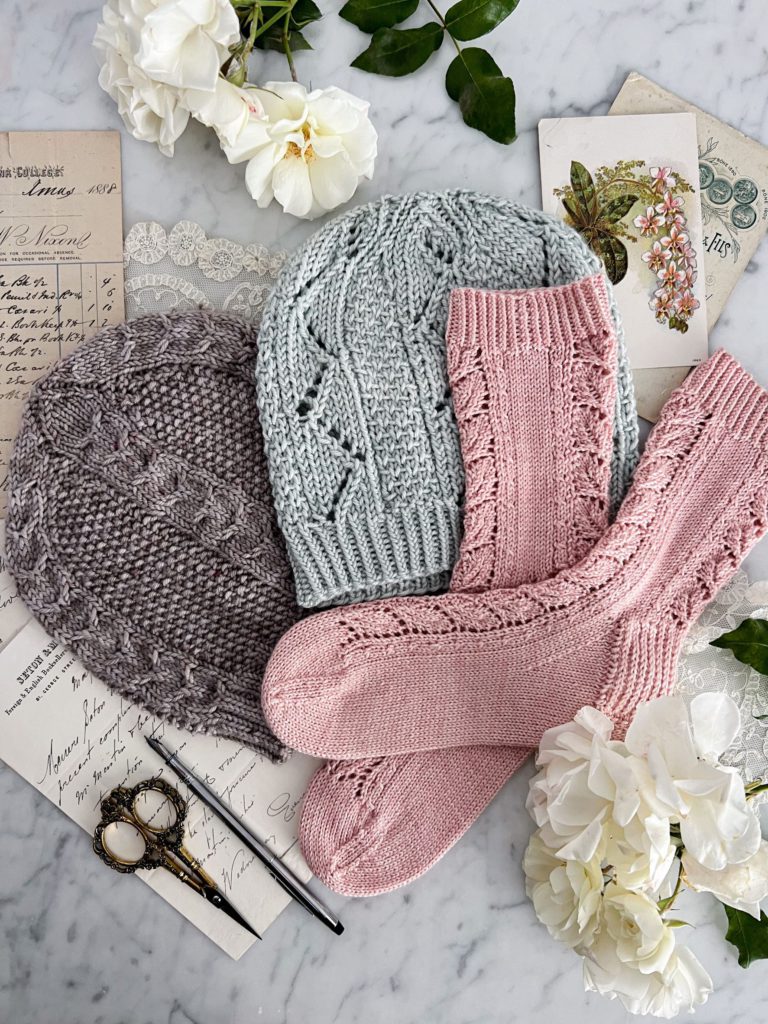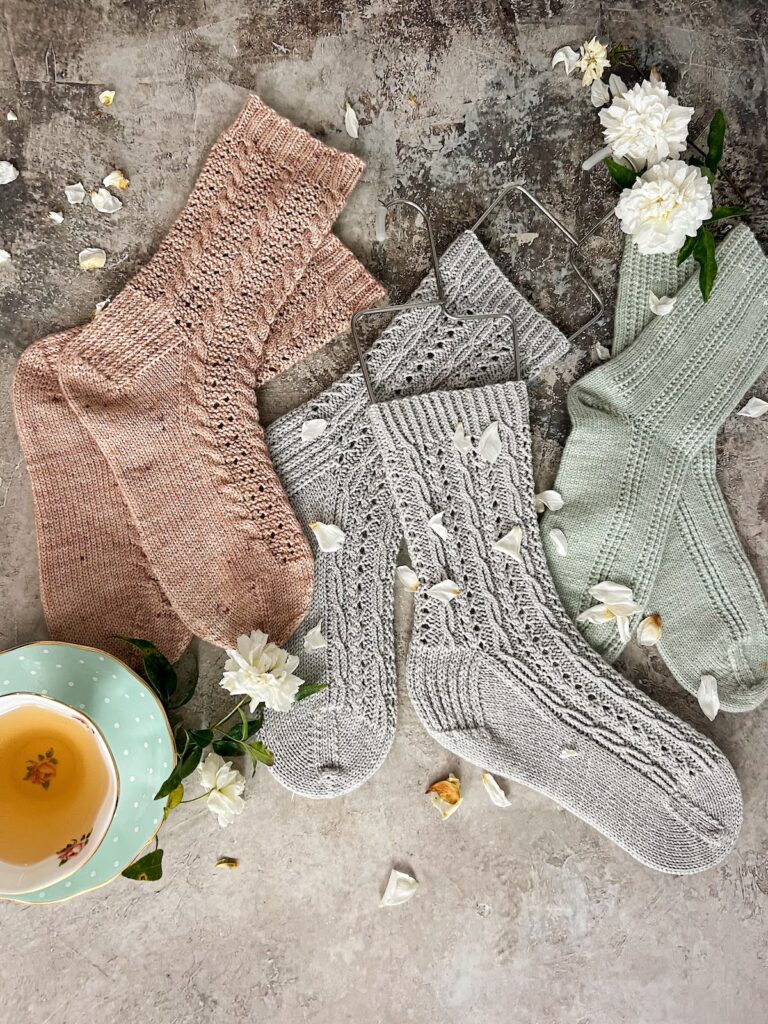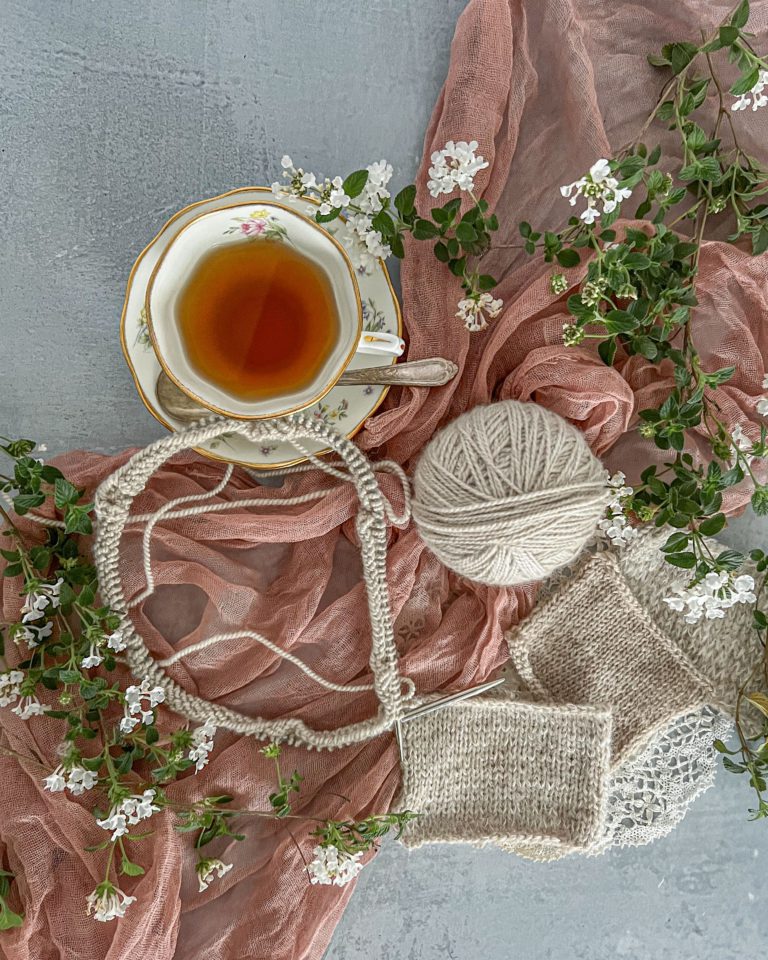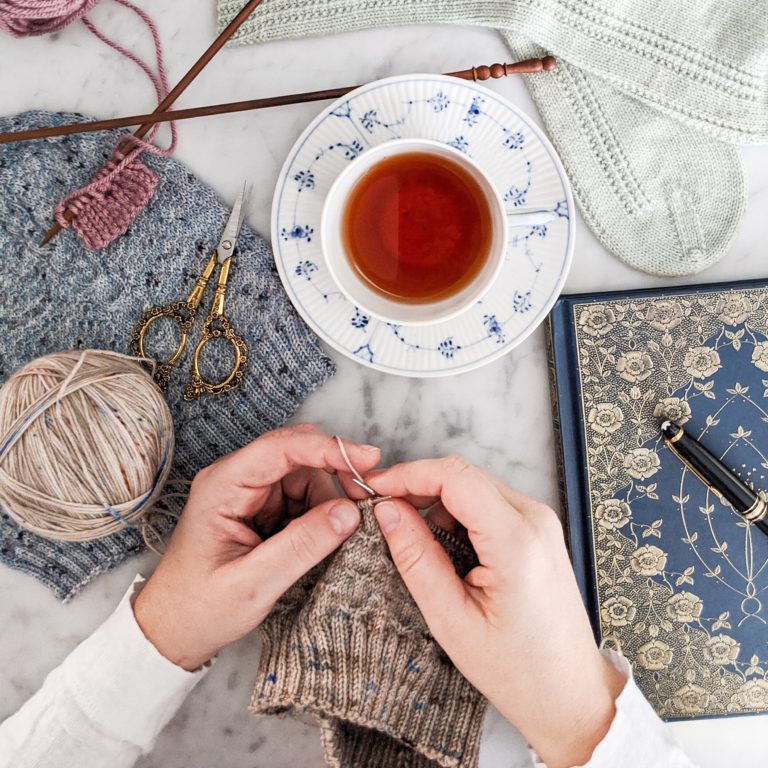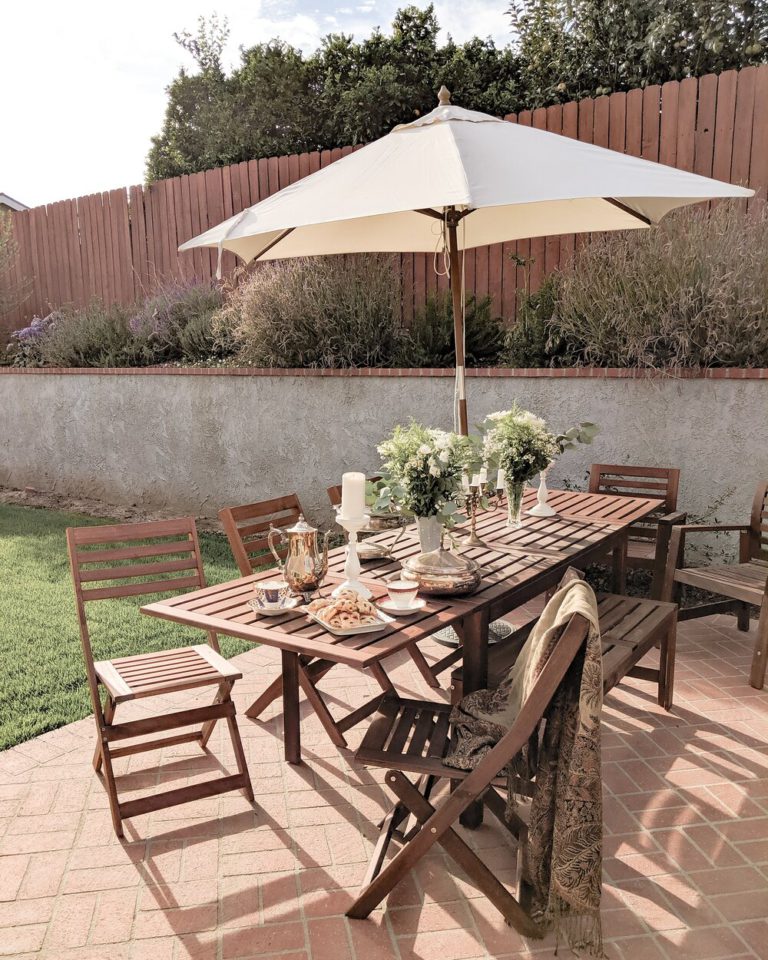
During my first year of rose growing, I noticed that some of my roses change color toward the end of the growing season. I had a white rose, Joan Fontaine from Heirloom Roses, that had suddenly started blooming a soft, blush pink.
I was mystified.
This situation carried on into January, when I pruned my roses at the end of the month. After Joan Fontaine started blooming again in the springtime, the blooms were white again. What the heck was going on with my rose?
It turns out I’m not the only person who’s been Googling “why are my white roses pink?” There’s this discussion, and this discussion, and this discussion.
Now, I’ve made no secret of the fact that I started rose gardening without really knowing what I was doing. I began with all sorts of misconceptions, but I thought I could at least trust the color of the roses to more or less stay the same over time. I was wrong, wrong, wrong.
Roses Change Color in Cold Weather
It turns out that weather can have a direct effect on the color of a rose bloom. Cold weather can intensify some colors, shift others, and turn some roses into wan, pale versions of themselves. Hot weather and direct sunlight have a tendency to bleach blooms. Roses change color for a few different reasons, but weather is a big contributor.
Take a look at the picture at the top right of this post. That soft pink color is Joan Fontaine in December. It’s a lovely color, but not the color I had expected!

Now take a look at the picture at the left. Guess what? Same rose. That’s Joan Fontaine again, blooming away in May.
That’s one of the fun things about growing roses and caring for a garden in general. There are so many surprises that you can’t anticipate, from volunteers that show up in your garden even though you didn’t plant them, to flowers that change color in different weather, to plants that decide not to bloom at all one year and then give off an abundance of blooms the next.
And I want to be very, very clear here—this blog post is not a complaint! I’m tickled each year when my Joan Fontaine starts turning pink. It feels like an inside joke between the two of us, a rosy-cheeked face laughing in the brisk winter air.
More Drastic Rose Color Changes can be Due to Root Grafting
If your white rose skips the soft pink stage and suddenly starts sprouting rich, deep, red roses, though, you probably have a different situation on your hands.
Many modern roses are grafted onto the root stock of a hardier rose plant, often a variety called Dr. Huey. Dr. Huey has—you guessed it—intense red blooms.
The easiest way to figure out what’s going on is to look at where the red roses are growing from. Are they on a separate cane coming out of the root ball? That’s a sure sign that it’s the root graft sending off its own shoots, often called “suckers.” This blog post from Carolyn Parker does a good job of explaining how to get rid of suckers so they don’t take over your whole plant.
To avoid this situation happening in the future, you can look for roses that are sold as “own-root” roses. That means they’ve grown their own root system instead of being grafted onto another rose plant’s root system.
There are benefits and drawbacks to own-root roses vs. grafted root systems, which is a topic for another day. What’s important for now is that I couldn’t write this post about color-changing roses without flagging this potential issue for curious, Googling rose growers.
My roses are all own-root roses, so thankfully this isn’t a problem I’ll have to deal with, but I can’t wait to see what else may be in store as my plants continue to grow and mature. The folks at David Austin have assured me that my two-year-old Claire Austin will eventually stop being such a vibrant, youthful yellow and mellow into the creamy color it’s supposed to be.
I promise I’ll keep you posted if that happens.
If you’re curious about some of my favorite rose-gardening tools, here’s a round-up of the things I use most! These are affiliate links, which means if you choose to buy something through those links, I’ll receive a small commission at no extra cost to you. I will always identify affiliate links for you. Thanks for supporting my work!
My favorite pruning snips: the Felco F-8
Many other rosarians also swear by the Felco F-2
My favorite liquid fish-based fertilizer
My favorite organic mineral fertilizer
Let’s stay connected!
Join my newsletter for 30% off all new releases, regular updates with helpful tips and tricks, first crack at registration for upcoming workshops, exclusive discounts, and more.
Join the A Bee In The Bonnet Facebook Group to participate in knitalongs and other fun community events
Come hang out with me on the A Bee In The Bonnet TikTok
Follow along on the A Bee In The Bonnet Instagram
Get inspired via the A Bee In The Bonnet Pinterest

